Ensuring the safety of children at school is a paramount concern for parents, educators, and the community. Schools should be safe havens where children can learn, grow, and thrive without the fear of harm. However, various risks and challenges, ranging from bullying and playground accidents to emergency situations, can compromise their safety. This comprehensive guide provides practical tips and strategies to help parents, educators, and children work together to create a secure and nurturing school environment.
Travel Safety
a. Walking to School

- Use the Buddy System: Encourage children to walk to school with a friend or in a group. This not only enhances their safety but also makes the journey more enjoyable.
- Know the Route: Ensure that children know the safest and most direct route to school. Teach them to avoid shortcuts through isolated areas and to stay on well-lit, populated streets.
- Teach Traffic Rules: Educate children about basic traffic rules, such as looking both ways before crossing the street, using crosswalks, and obeying traffic signals. Remind them never to assume that drivers will see them or stop for them.
b. Riding a Bike
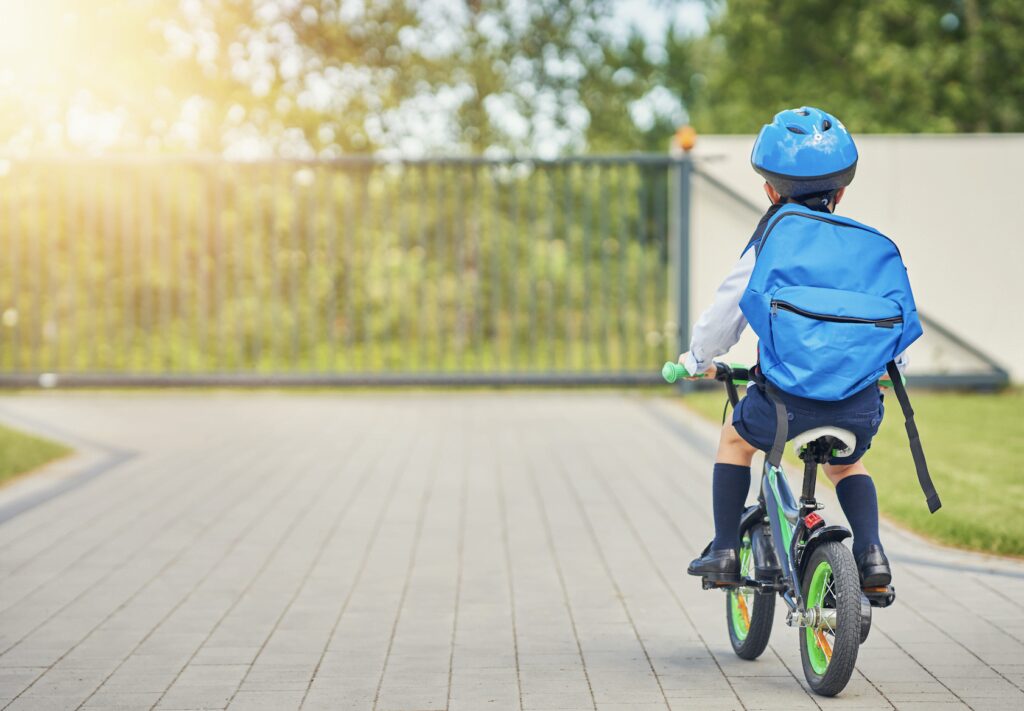
- Wear a Helmet: Always make sure children wear a properly fitted helmet when riding a bike. This simple precaution can significantly reduce the risk of head injuries.
- Follow Bike Safety Rules: Teach children to ride on the right side of the road, signal their turns, and follow all traffic signs and signals. They should also use bike lanes where available.
- Maintain the Bike: Regularly check the bike to ensure it is in good working condition. This includes checking the brakes, tires, and lights.
c. School Bus Safety
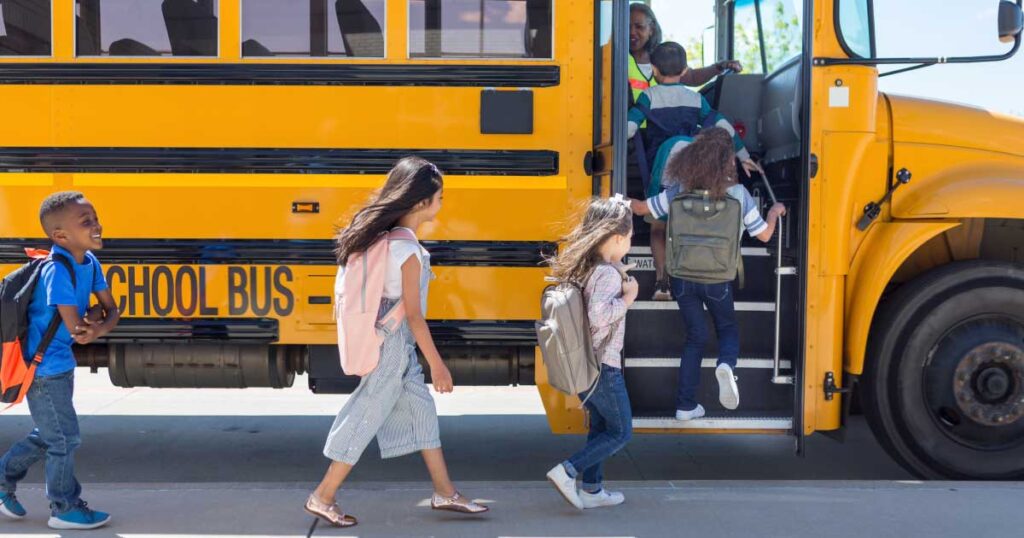
- Getting On and Off the Bus: Teach children to stand back from the curb while waiting for the bus and to board only when it has come to a complete stop. When getting off, they should wait for the driver’s signal before crossing the street and always cross in front of the bus.
- Behavior on the Bus: Encourage children to stay seated, keep the aisles clear, and follow the bus driver’s instructions. Disruptive behavior can distract the driver and compromise everyone’s safety.
d. Carpooling
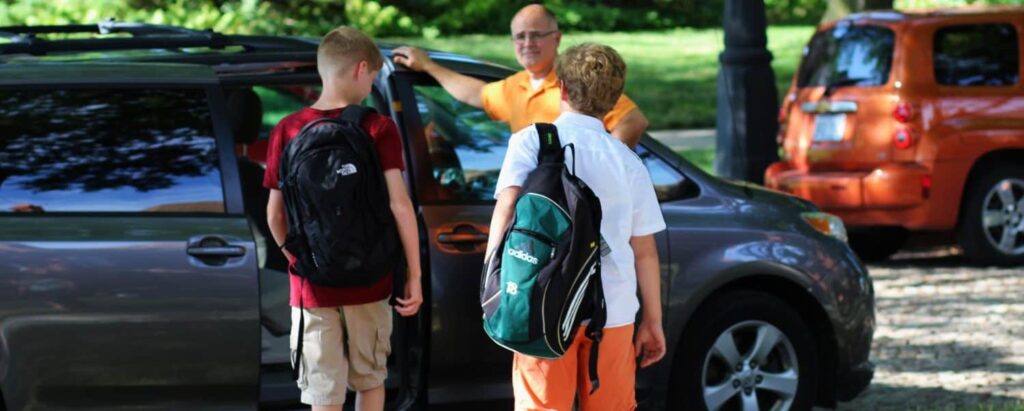
- Safe Drop-off and Pick-up: Establish clear rules for drop-off and pick-up locations. Ensure that children are picked up and dropped off in safe, designated areas away from heavy traffic.
- Know the Driver: Make sure you know and trust the adults who are carpooling with your child. Share emergency contact information and any relevant medical details with them.
Safety at School
a. Bullying Prevention
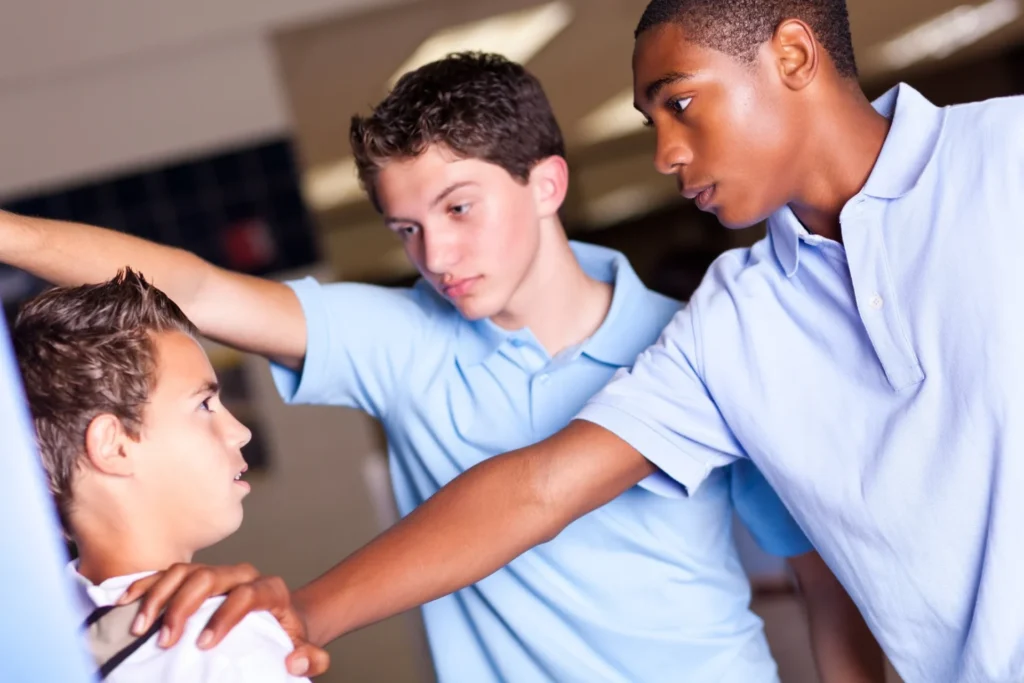
- Encourage Open Communication: Create an environment where children feel comfortable discussing their problems. Encourage them to speak up if they or someone else is being bullied.
- Teach Empathy and Respect: Educate children about the importance of treating others with kindness and respect. Role-playing scenarios can help them understand how to handle bullying situations.
- Know the School’s Anti-Bullying Policy: Familiarize yourself with the school’s policies on bullying. Ensure that children know how to report bullying and what steps the school will take to address it.
b. Playground Safety
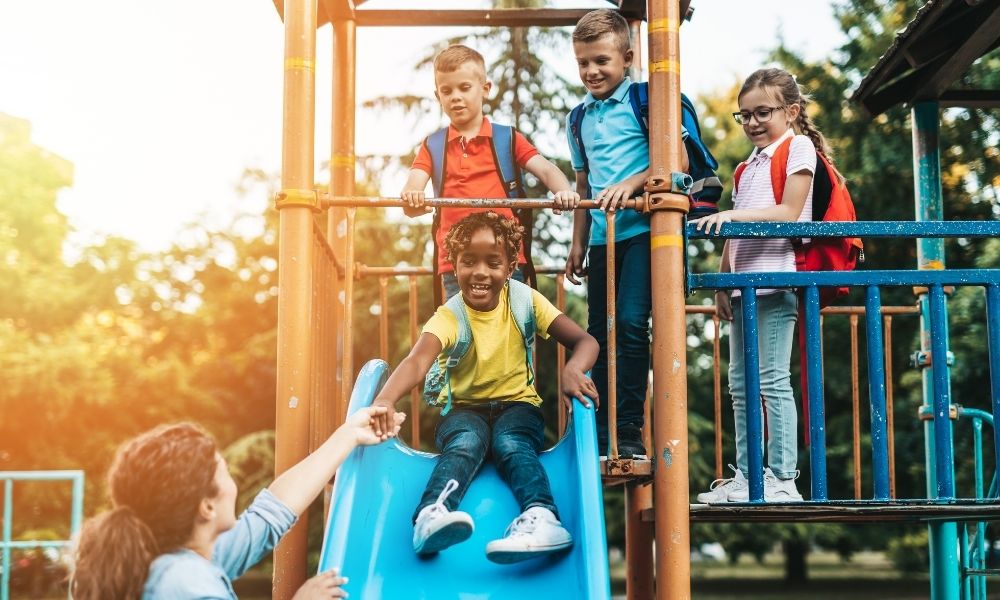
- Supervision: Ensure that playgrounds are adequately supervised by adults. Supervisors should be trained to spot and prevent unsafe behaviors.
- Age-Appropriate Equipment: Check that playground equipment is suitable for the age and size of the children using it. Equipment should be regularly inspected and maintained to ensure safety.
- Teach Safe Play: Educate children about the importance of using playground equipment properly, taking turns, and being mindful of others. Remind them to avoid rough play and respect playground rules.
c. Classroom Safety
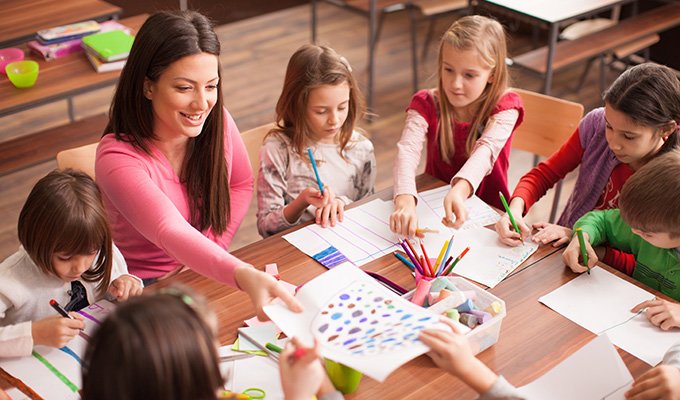
- Emergency Procedures: Ensure that children know the school’s emergency procedures, such as fire drills, lockdowns, and evacuation plans. Regular drills can help them react calmly and effectively in real emergencies.
- Safe Use of Materials: Teach children how to use classroom materials and equipment safely. This includes handling scissors, glue, and other potentially hazardous items properly.
- Clean and Organized Environment: Maintain a clean and organized classroom to prevent accidents. Clutter-free spaces reduce the risk of tripping and other injuries.
Personal Safety
a. Stranger Danger Awareness

- Teach Awareness: Educate children about the potential dangers of talking to strangers. They should know not to accept rides, gifts, or invitations from people they don’t know.
- Create a Safety Plan: Develop a safety plan with your child that includes what to do if they feel threatened or uncomfortable. This can involve identifying safe places and trusted adults to turn to for help.
b. Internet Safety

- Monitor Online Activity: Supervise your child’s internet use and set clear rules about what they can and cannot do online. Use parental controls and privacy settings to protect them from inappropriate content and interactions.
- Teach Responsible Online Behavior: Educate children about the importance of protecting personal information online. They should never share their address, phone number, or other private details with strangers.
c. Health and Hygiene Practices
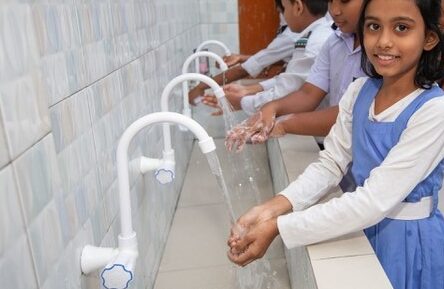
- Handwashing: Teach children the importance of washing their hands regularly, especially before eating and after using the restroom. Proper handwashing can prevent the spread of germs and illnesses.
- Healthy Eating: Encourage healthy eating habits by packing nutritious lunches and snacks. Educate children about the benefits of a balanced diet for their overall health and well-being.
d. Dealing with Peer Pressure
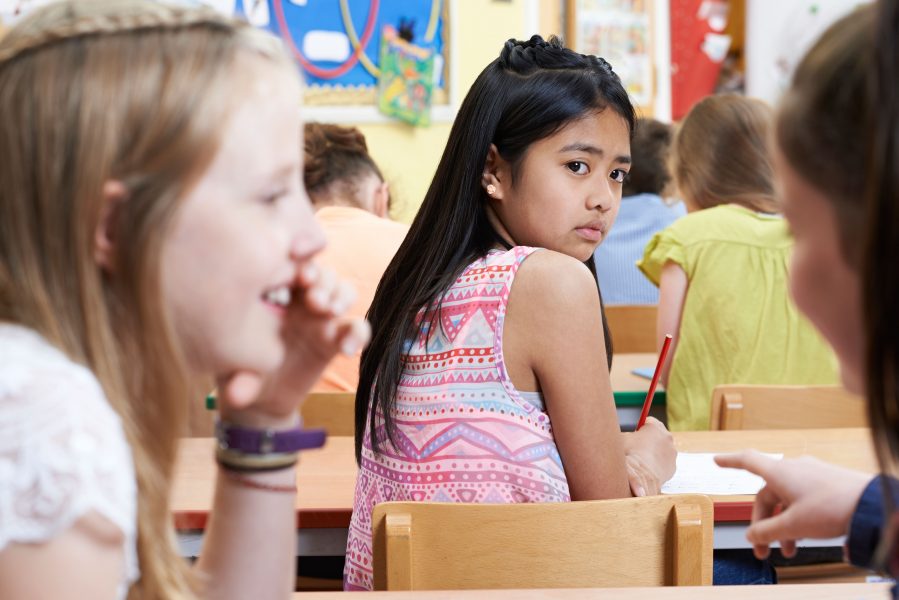
- Build Self-Esteem: Help children develop a strong sense of self-worth. Confident children are more likely to resist peer pressure and make positive choices.
- Teach Decision-Making Skills: Provide children with strategies for making good decisions, such as considering the consequences and standing up for their beliefs. Role-playing can help them practice these skills.
After-School Safety
a. Staying Safe at Home Alone

- Set Clear Rules: Establish clear rules and guidelines for when children are home alone. This includes what they can and cannot do, how to handle emergencies, and who to contact for help.
- Check-In Procedures: Set up regular check-in times for children to call or text you to let you know they are safe. Ensure they know how to reach you or another trusted adult at all times.
b. After-School Programs

- Choose Safe Programs: Enroll children in after-school programs that have a strong focus on safety and provide appropriate supervision. Visit the programs in advance to ensure they meet your safety standards.
- Communicate with Program Staff: Maintain open communication with the staff of after-school programs. Share any relevant medical information and emergency contacts, and stay informed about your child’s activities.
Safe Use of Technology

- Limit Screen Time: Set limits on the amount of time children can spend on electronic devices. Encourage them to engage in other activities, such as reading, sports, and hobbies.
- Educate About Cyberbullying: Teach children about the dangers of cyberbullying and how to handle it. Encourage them to report any instances of cyberbullying to you or another trusted adult.
Parental Involvement
a. Communication with School Staff
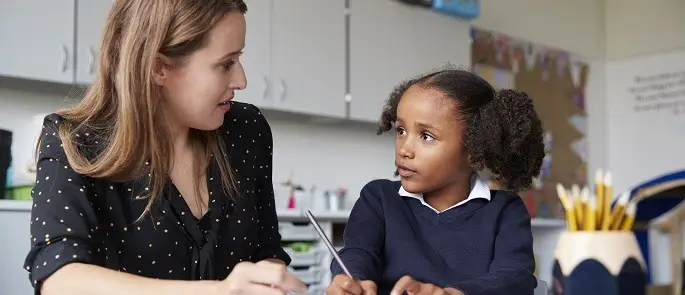
- Stay Informed: Regularly communicate with your child’s teachers and school staff to stay informed about their progress and any potential safety concerns.
- Attend School Meetings: Participate in parent-teacher meetings, school board meetings, and other school events. Your involvement shows your child that you value their education and safety.
b. Educating Children About Safety

- Discuss Safety Regularly: Have ongoing conversations with your child about safety. Discuss different scenarios and how they should respond to ensure they understand the importance of staying safe.
- Use Age-Appropriate Language: Tailor your safety discussions to your child’s age and maturity level. Use clear, simple language and provide examples that they can relate to.
c. Monitoring Children’s Activities
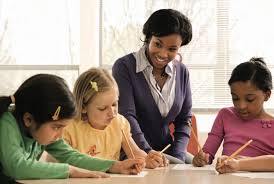
- Know Your Child’s Friends: Get to know your child’s friends and their families. Encourage safe, supervised playdates and activities.
- Monitor Extracurricular Activities: Stay involved in your child’s extracurricular activities. Attend games, performances, and other events to support your child and ensure their safety.
d. Being a Role Model
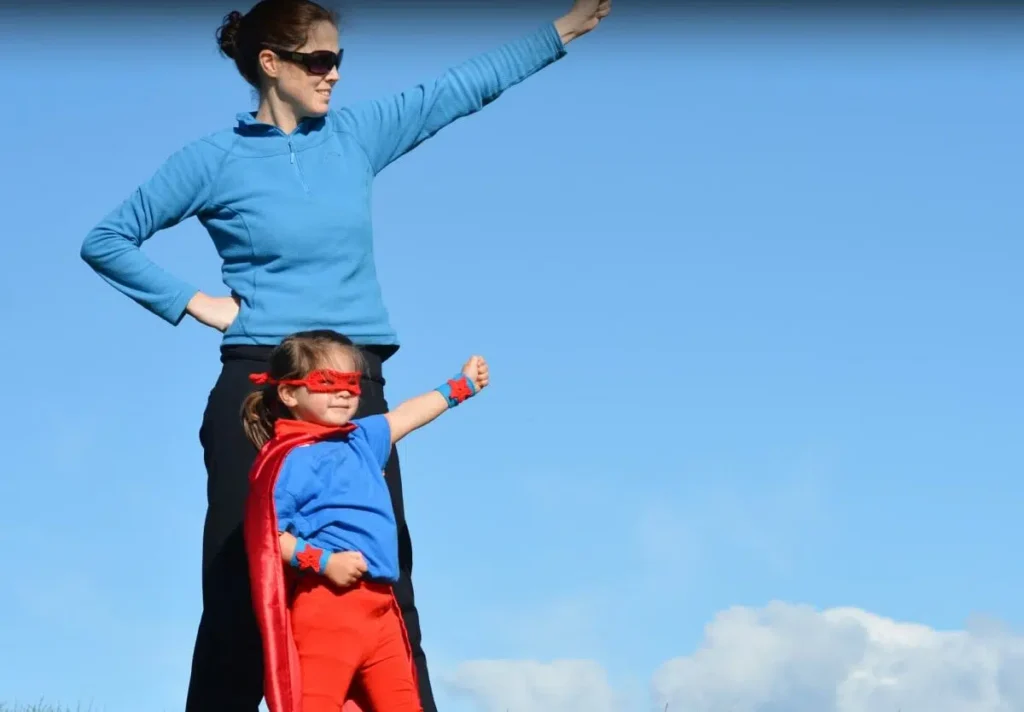
- Set a Good Example: Demonstrate safe behaviors for your child to emulate. Follow traffic rules, practice good hygiene, and show respect for others.
- Encourage Open Communication: Foster an environment where your child feels comfortable discussing their concerns and asking questions. Listen actively and provide guidance when needed.
School’s Role in Ensuring Safety
a. Policies and Protocols
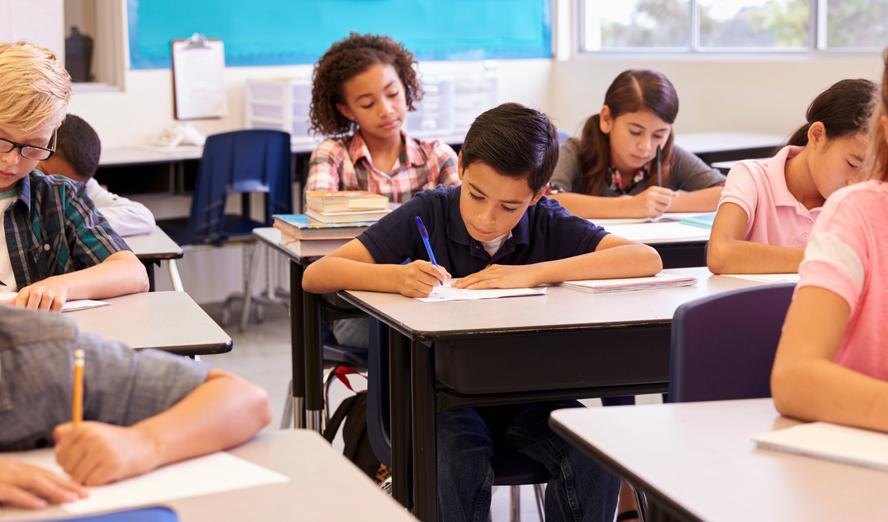
- Implement Comprehensive Safety Policies: Schools should have clear, comprehensive safety policies in place. These policies should cover a wide range of scenarios, including bullying, emergencies, and day-to-day safety practices.
- Regular Review and Update: Safety policies should be reviewed and updated regularly to address new challenges and ensure they remain effective.
b. Staff Training
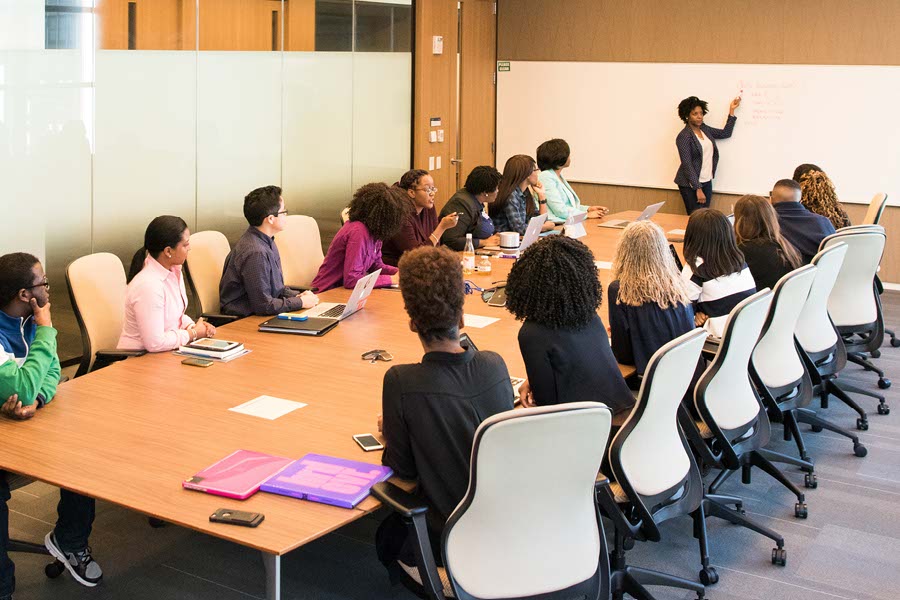
- Ongoing Training: School staff should receive ongoing training in safety procedures, including first aid, emergency response, and conflict resolution.
- Collaboration with Experts: Schools should collaborate with safety experts, law enforcement, and other organizations to ensure their staff are well-prepared to handle safety issues.
c. Safety Drills and Exercises
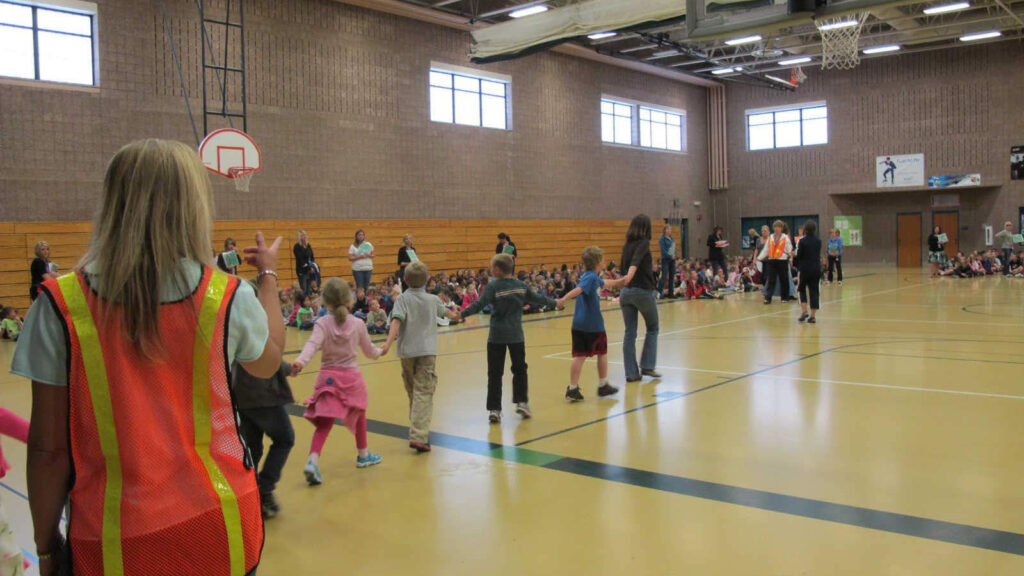
- Regular Drills: Conduct regular safety drills, including fire drills, lockdown drills, and evacuation exercises. These drills help ensure that students and staff know how to respond in an emergency.
- Evaluate and Improve: After each drill, evaluate its effectiveness and identify areas for improvement. Use feedback from students and staff to refine procedures.
Creating a Supportive Environment
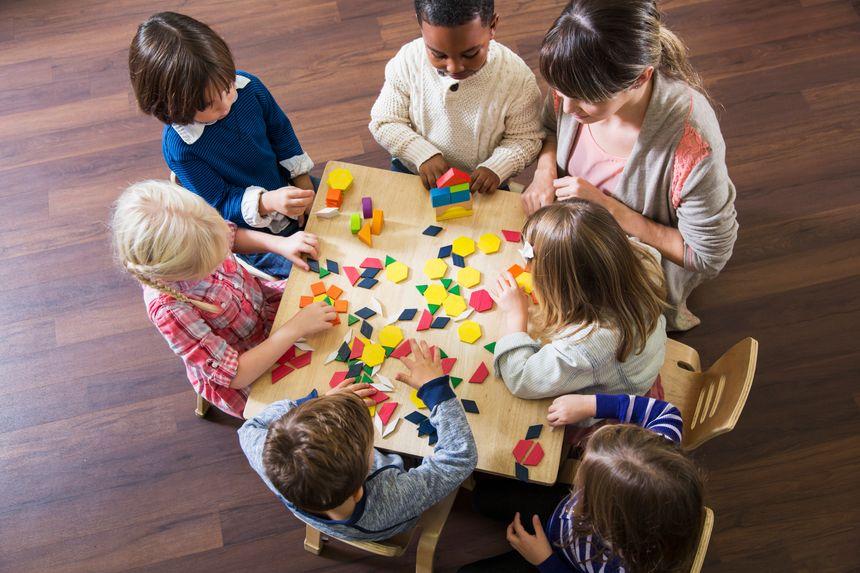
- Promote Inclusivity and Respect: Foster a school culture that promotes inclusivity, respect, and kindness. A supportive environment can help reduce bullying and other negative behaviors.
- Provide Support Services: Offer support services, such as counseling and peer support groups, to help students navigate challenges and feel safe at school.
Conclusion
Ensuring the safety of children at school requires a collaborative effort between parents, educators, and the children themselves. By following these comprehensive safety tips, we can create a secure and nurturing environment where children can thrive. Remember to stay vigilant, communicate openly, and continuously educate children about the importance of safety. Together, we can make schools a safe haven for learning and growth